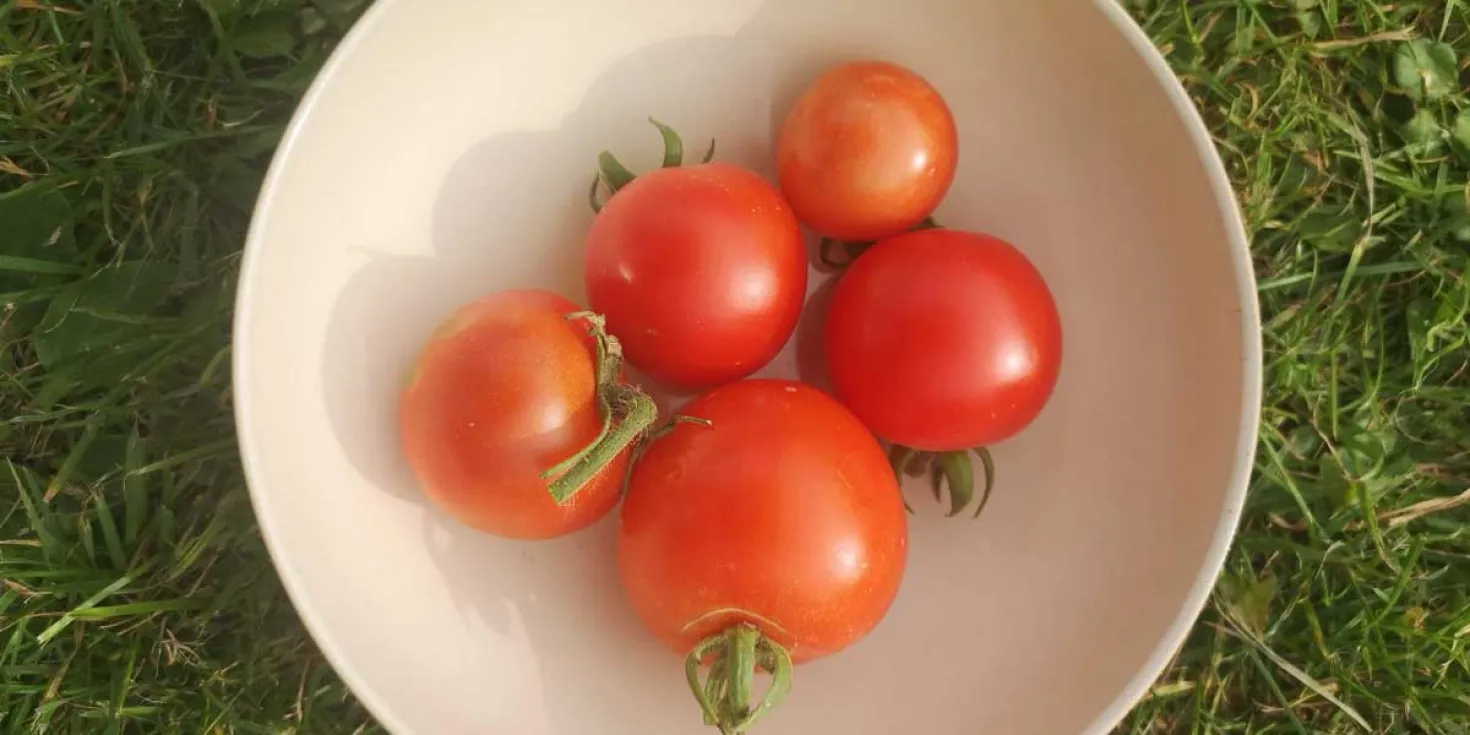- Kitchens
- Bathrooms
- Beds
- Fitted Bedrooms
- Furniture
- Parking
- Inspiration & Advice
- Contact
- Free Consultation


Every year we start our gardening with the fear that nothing will grow and we will have wasted hours tending to little seedlings and weeding and come away with nothing. Like clockwork we over plant and then are left wondering how we are going to eat 50 potatoes before they spoil. Here we will give some advice on what to do with the vegetables you have a glut of this year.
Some vegetables don't need special storage as long as they're kept in the right conditions. Potatoes and onions just need a cool, dry place and to be kept in a paper, moisture free bag. Plastic bags will make them sweat and rot far quicker.
Carrots can be stored in fresh sand or soil in a large box, as long as the carrots aren't touching. The sand or soil keeps the moisture out of the carrots
This method is suitable for most vegetables except for potatoes and cabbage as they can go mushy when defrosted. It is especially popular for runner beans, carrots and onions.
To start with, you will need to blanch the vegetables. Blanching simply means boiling the vegetables in water on the hob for 2-3 minutes then drain the vegetables and plunge into ice cold water. The vegetables are then ready for the freezer.
Top Tip: Freeze the vegetables across a baking tray first before placing into a freezer bag once frozen. This stops the vegetables from clumping and makes it easier to access the amount you need.
Tomatoes are slightly different as they are best frozen without their skins. This can be achieved by cutting a small slot in the bottom of each tomato before boiling them. When the water has started to boil remove them from boiling water and drop them in cold water. At this point the skins will slide off. At this point you can cut them up and freeze them or alternatively stew the tomatoes in boiling water for 15 minutes. Cool thoroughly before adding to freezer bags. Make sure you squeeze as much air out as possible before sealing.
Pickling is especially popular for cucumbers but can also be a good preservation method for vegetables including beetroot, peppers, asparagus and more.
Firstly, slice the vegetables to fit inside your glass jar. A brine is made up of vinegar with either salt and pepper or sugar added is boiled until the granules disappear. This is then poured over the vegetables. When the brine has cooled the lid can be placed securely onto the jar. This can then be stored for up to a month in the fridge.
Our Cirencester Store is now permanently closed. However we have left this blog post live for inspiration and information.
As summer is approaching, the sun is finally starting to make its way through the clouds and we can move into our gardens and enjoy having people o...